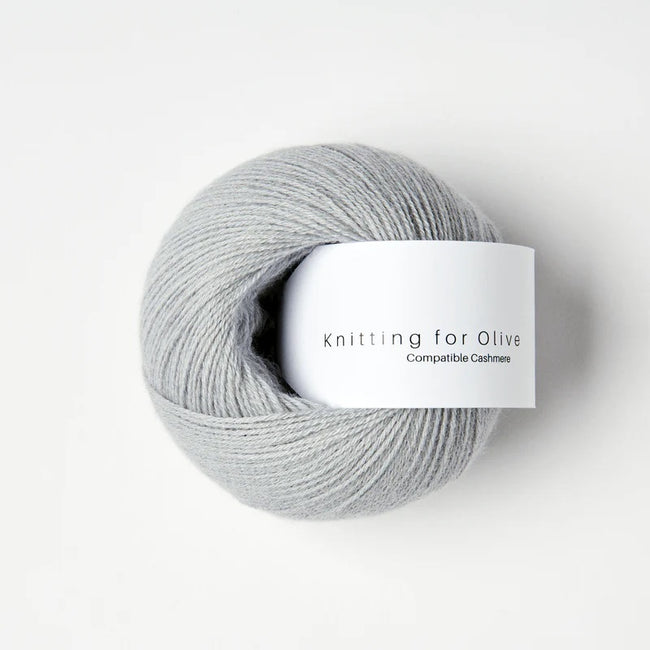Comprehending the Different Sorts Of Cashmere an All-natural Fiber and Their Special Benefits

The Beginnings of Cashmere: A Historical Introduction
While the lavish touch of cashmere remains to appeal modern-day consumers, its origins map back to the harsh, chilly environments of Mongolia and the Mountain ranges. For centuries, the native individuals of these regions have been increasing Capra Hircus goats, the prime source of cashmere woollen. These goats, resilient versus the extreme winters months, grew a great undercoat to make it through, which later on came to be known as cashmere. The name itself pays tribute to Kashmir, an area in India where the woollen was initially processed. Much of the early cashmere trade course was facilitated by the Silk Road, connecting Asia with the Center East and Europe. Regardless of its global spread, the finest cashmere is still thought to originate from the initial regions of Mongolia and the Mountain Ranges.

The Production Refine: From Goat to Garment
Shearing a Capra Hircus goat notes the inception of the complex cashmere manufacturing procedure. The resultant raw cashmere is after that cleaned to remove impurities such as grease, dust, and vegetable matter.
The clean fiber goes through coloring, rotating, and weaving, or knitting, to change it into a material. Complicated treatments such as quality control checks and finishing processes adhere to, guaranteeing the end product maintains the extravagant criterion anticipated of cashmere. This painstaking process, from goat to garment, validates the high expense connected to cashmere products, making them an icon of high-end and improvement.
The Different Types of Cashmere: An Extensive Evaluation

The One-of-a-kind Benefits of Cashmere: Convenience and Sustainability
Relocating from the selection of cashmere types to the advantages they offer, comfort and sustainability stand out prominently. Cashmere, a natural fiber, is renowned for its unparalleled soft qualities, giving a degree of convenience that artificial fibers can't match.
When it comes to sustainability, cashmere is renewable and biodegradable, as it's collected from cashmere goats that regrow their coats yearly. what is cashmere. Unlike synthetic fibers which can take centuries to disintegrate, cashmere's effect on the atmosphere is minimal. This mix of convenience and sustainability makes cashmere a helpful option for conscious customers

Caring for Your Cashmere: Upkeep and Conservation Tips
While cashmere is most certainly a sustainable and lavish selection, it calls for certain care to keep its high quality and prolong its lifespan. To begin, cashmere should be hand cleaned using cool water and a mild cleaning agent. Avoid wringing the garment or twisting as it can harm the fibers. Instead, carefully eject excess water and lay it flat on a towel to completely dry. Cashmere items must be saved in a dry and amazing area, away from direct sunlight and dampness. Using moth repellents can shield these garments from potential damages. It's suggested to avoid hanging cashmere to stop extending. Rather, layer and shop them properly to preserve their shape and high quality gradually.
Buying Cashmere: Comprehending Its Value and Worth
Although cashmere may initially look like an expensive financial investment, its lasting worth and worth ended up being obvious when you consider its exceptional high qualities. Known for its exceptional gentleness and warmth, cashmere is a costs all-natural fiber that outshines other materials. Its high need and minimal supply add to its high price, yet its durability guarantees it lasts for several years, using exceptional value for cash. Cashmere pieces are timeless, usually coming to be antiques passed down through generations. what is cashmere. Moreover, its all-natural protecting residential recommended you read properties supply warmth without the mass of synthetic fibers. Spending in cashmere, as a result, is not almost present style patterns, but regarding embracing a lasting, lasting, and lavish way of life.
Final Thought
In recap, the sort of cashmere one selects, be it Mongolian, Chinese, or Italian, is determined by specific preferences for warmth, spending plan, deluxe, and sustainability. The value of cashmere extends past its rate, with convenience and longevity including in its well worth. Correct treatment and upkeep can guarantee its conservation. Therefore, comprehending the origins, production click for source process, and special advantages of various kinds of cashmere can assist customers in their financial investment in this lavish all-natural fiber.
Whether it's the phenomenal warmth of Mongolian cashmere, the cost of Chinese cashmere, or the eco-conscious production of Italian cashmere, there's a story to be discovered behind each fiber type. Cashmere, a natural fiber, is renowned for its unrivaled soft qualities, supplying a level of convenience that artificial fibers can not match.When it comes to sustainability, cashmere is biodegradable and eco-friendly, as it's harvested from cashmere goats that regrow their coats each year. Understood for its unrivaled softness and warmth, cashmere is a costs natural fiber that surpasses various other materials. Recognizing the origins, manufacturing process, and special benefits of various types of cashmere can assist consumers in their financial investment in this elegant all-natural fiber.